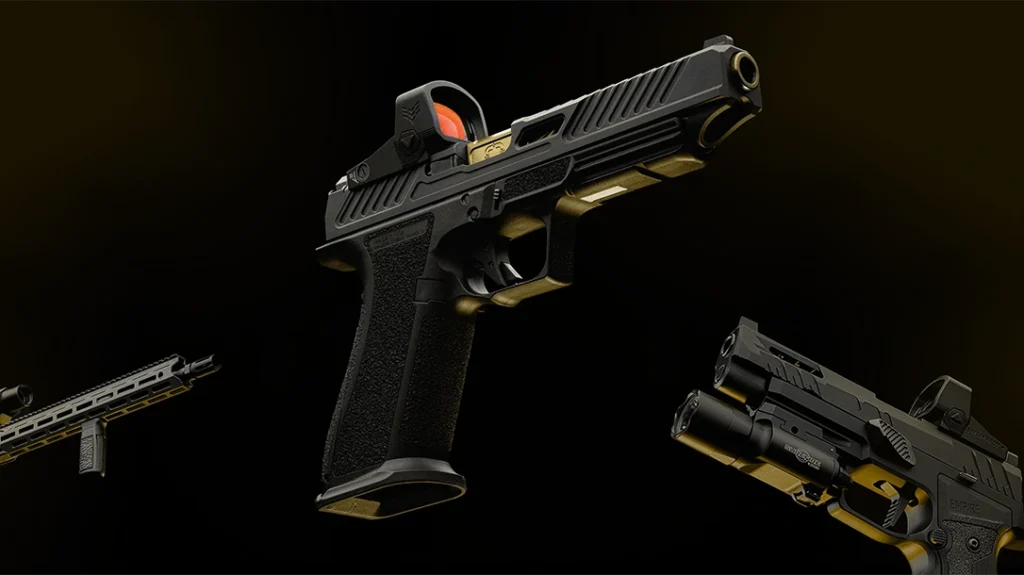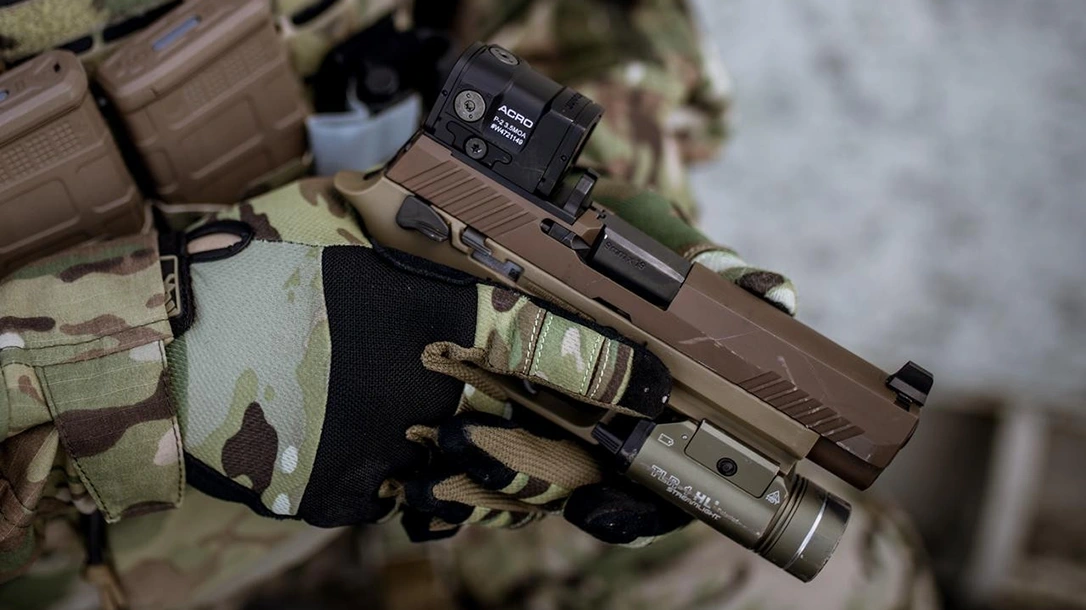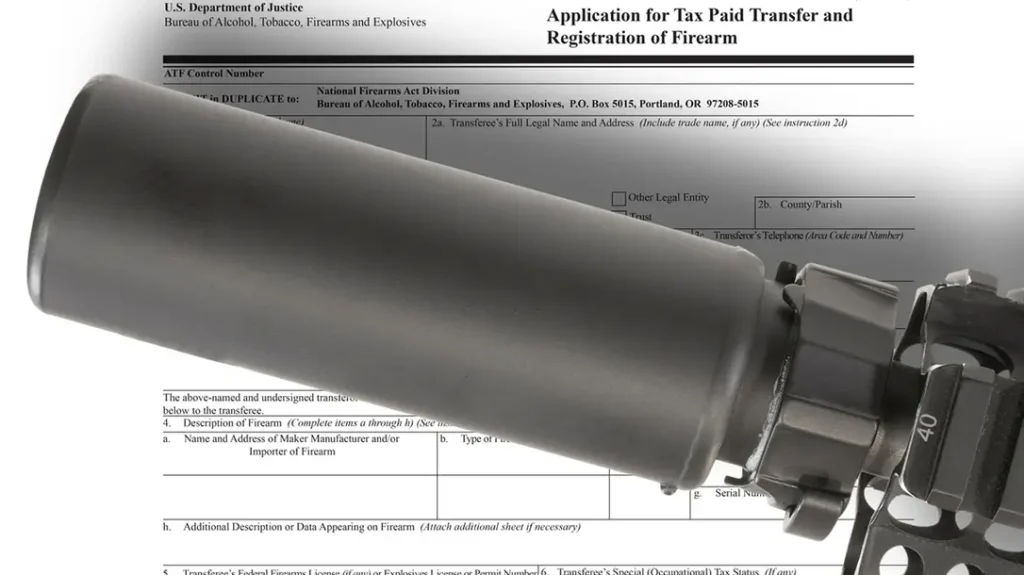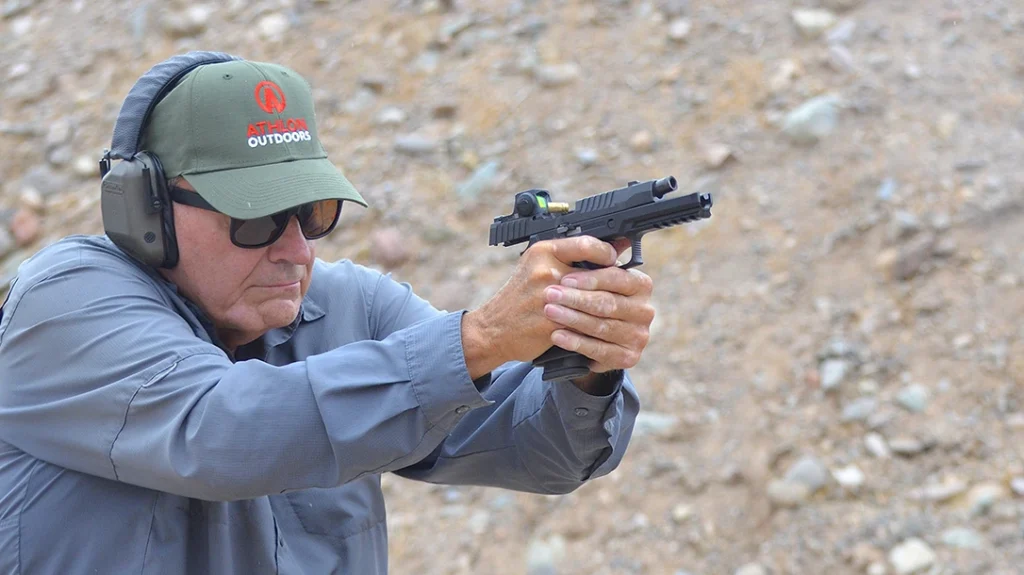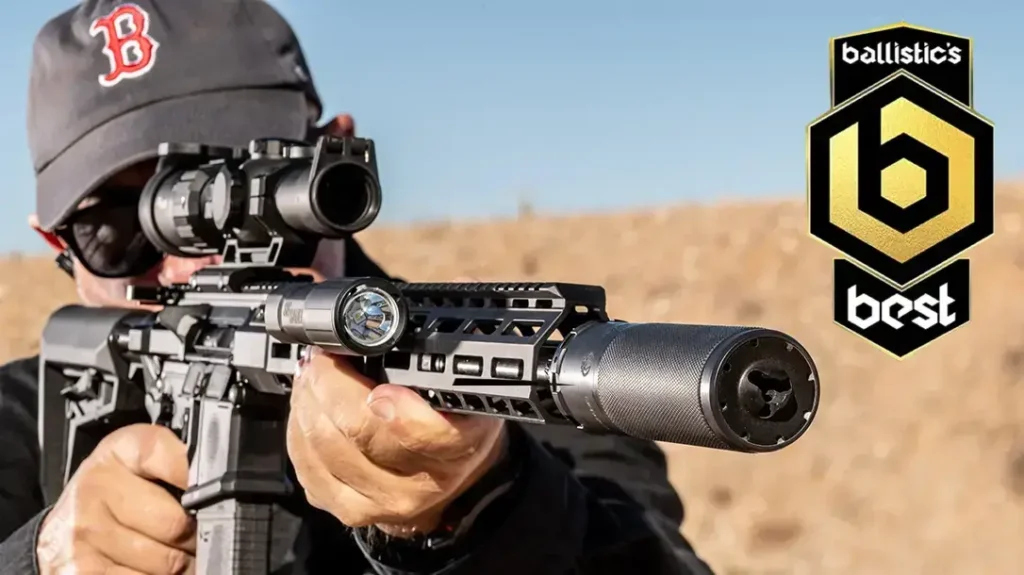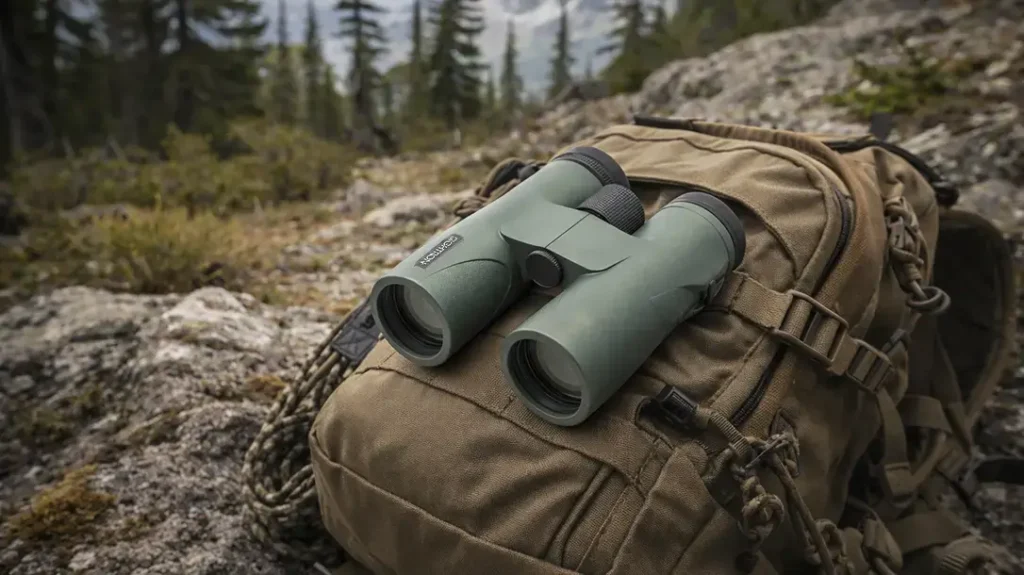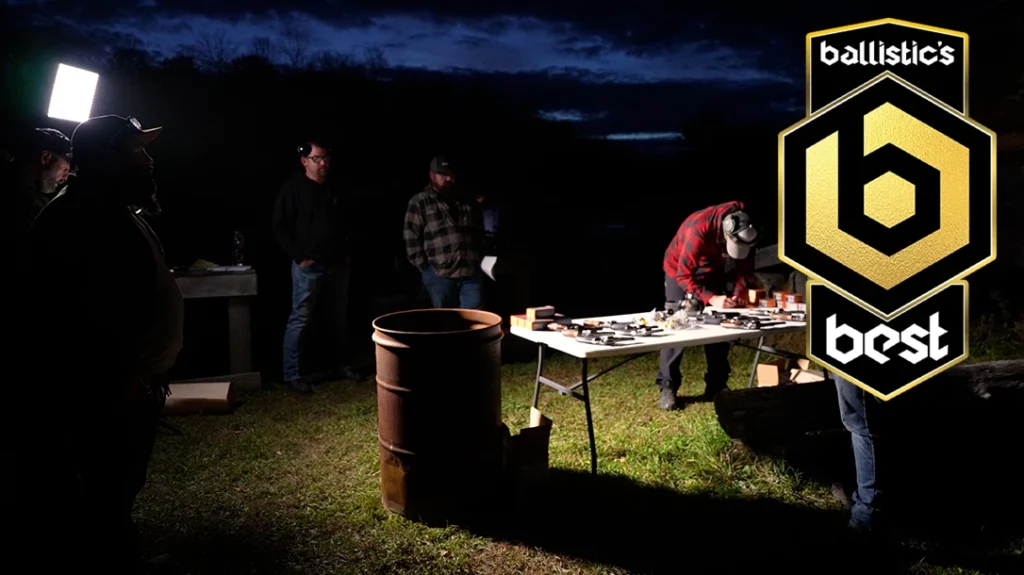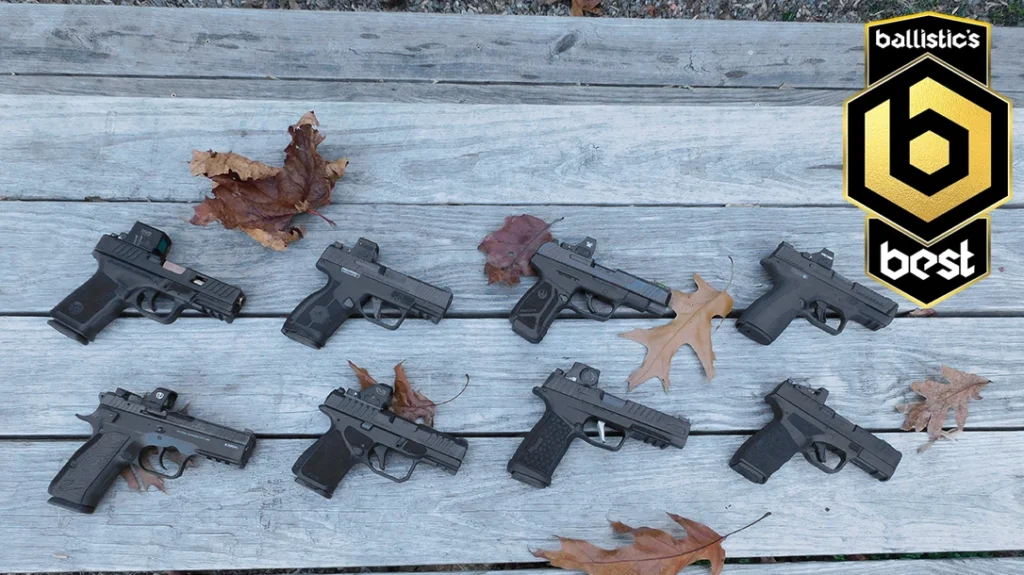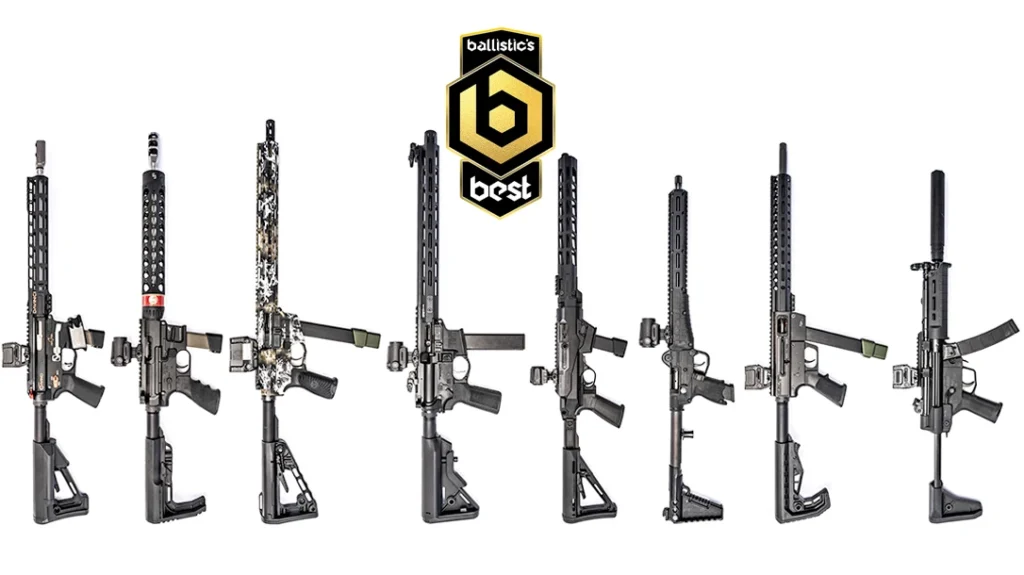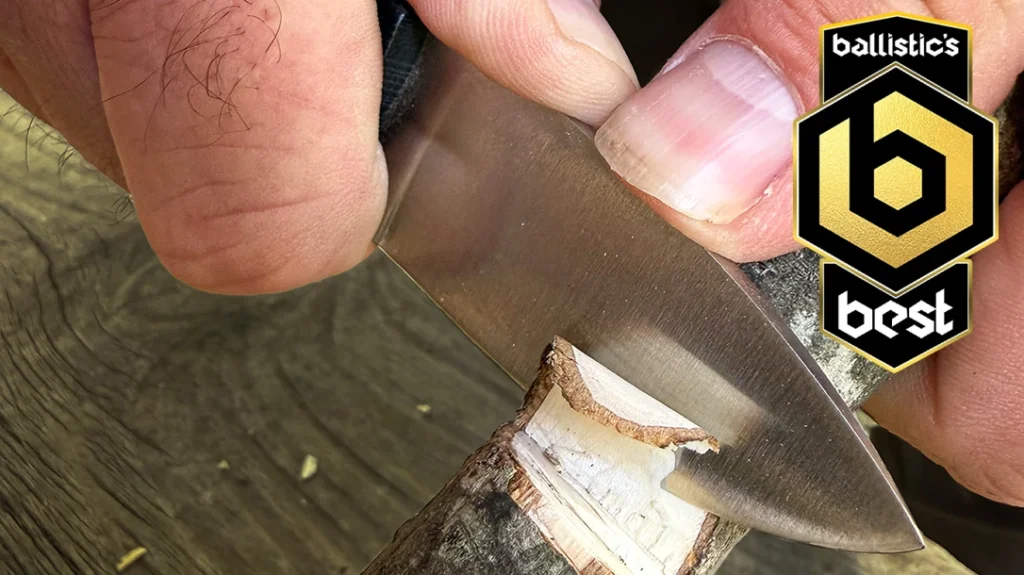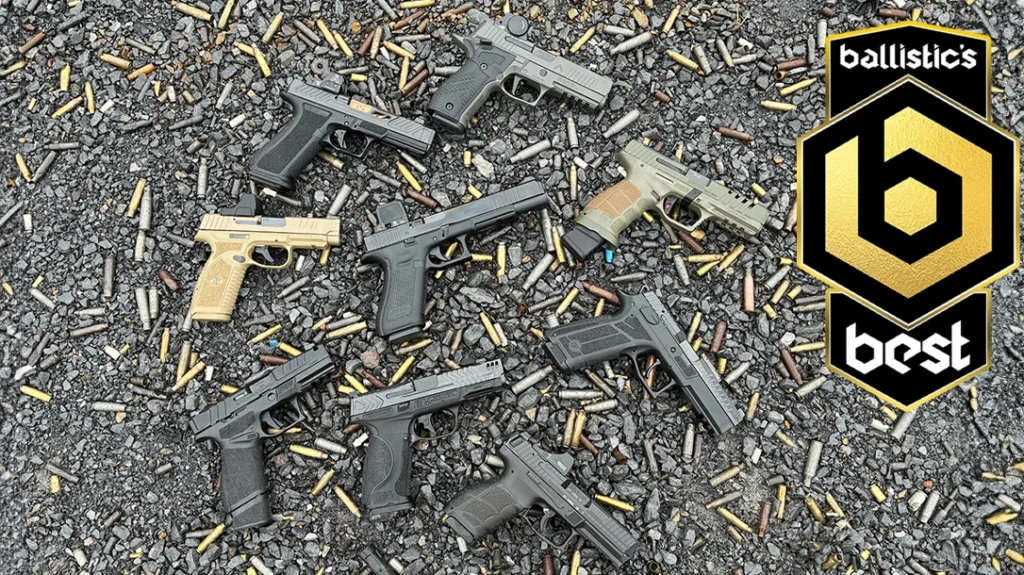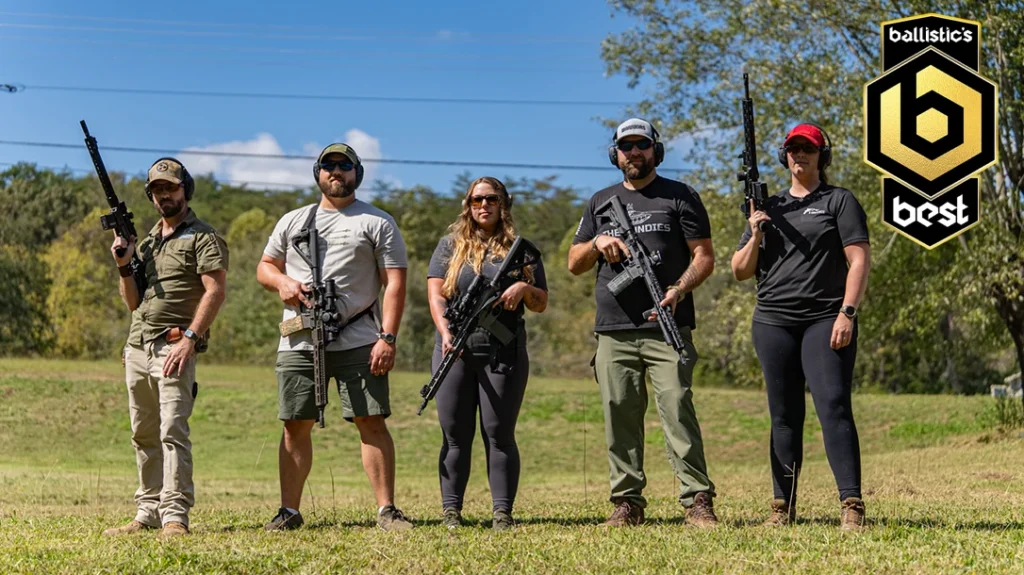Red dot optics are becoming standard equipment. They’re precise, fast, and help shooters of all levels get on target quickly. But if you’re new to the optics game, some of the terminology and mounting options might feel a bit overwhelming. Don’t fret. In this guide, we’ll break down the common terms and cover the basics of mounting footprints to help you pick the right red dot for your application. By the end of this article, you should have a firm understanding of red dot optics and their benefits.
Understanding Red Dot Optics
Below is a list of the essential terms you’ll encounter when shopping for pistol red dots. These basics will help you understand how different optics function and which might best meet your needs.
Reticle
The reticle is simply the aiming point you see in the red dot optic. While red dots usually feature a single dot, some offer reticles that combine dots with circles or larger patterns.
Advertisement — Continue Reading Below
For pistol use, you’ll find dots ranging from around 2 MOA (Minute of Angle) to 6 MOA. In practice, a 2 MOA dot is smaller and more precise, ideal for longer or more accurate shots. A larger 6 MOA dot, on the other hand, is quicker to spot and better for fast, close-range shooting.
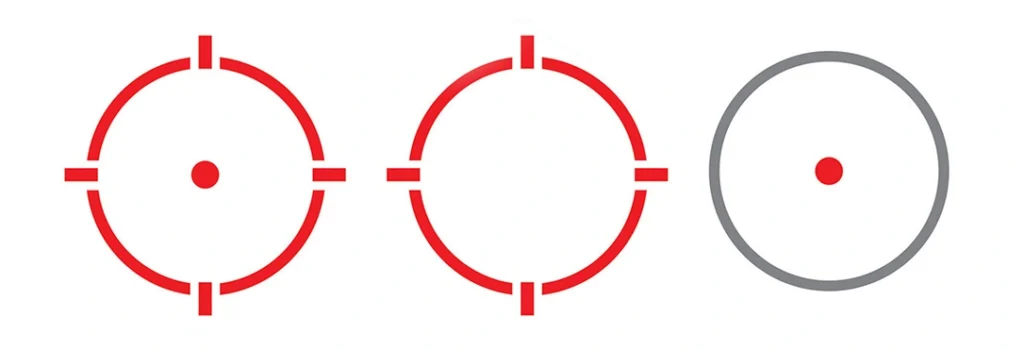
MOA (Minute of Angle)
MOA is a measurement of the dot’s size relative to the target. To put it simply, a 1 MOA dot covers about 1 inch at 100 yards. For a 3 MOA dot, it’s 3 inches at that same distance. This scaling helps shooters gauge how much of their target the dot will cover at various distances.
Advertisement — Continue Reading Below
For pistol red dots, 3-6 MOA tends to be a sweet spot because it balances accuracy with ease of visibility.
Parallax
Parallax refers to a slight shifting of the reticle as you move your head behind the optic. Most red dots are considered “parallax-free” at common shooting distances, meaning the dot stays on target even if you shift your head a bit. This feature ensures accuracy during quick movements or minor adjustments in position, which is exactly what you need for pistol shooting.
Battery Life
Battery life is one area where red dots vary a lot. Some may last 150 hours, while others (like the Holosun 507C) boast up to 50,000 hours of battery life. Longer battery life means less frequent changes, which is a big plus for users who rely on their optics in high-stakes situations.
Advertisement — Continue Reading Below
Models with motion-activated settings or solar power extend battery life even further. Keep this in mind if you want a “set it and forget it” solution.
Brightness Settings: Auto vs. Manual
Some red dots have auto-brightness settings, while others are manual. Auto-brightness adjusts the dot’s brightness based on the surrounding light, which can be convenient if you’re moving in and out of different lighting. Manual settings let you control the dot’s brightness, giving you direct control if you want a consistent setting.
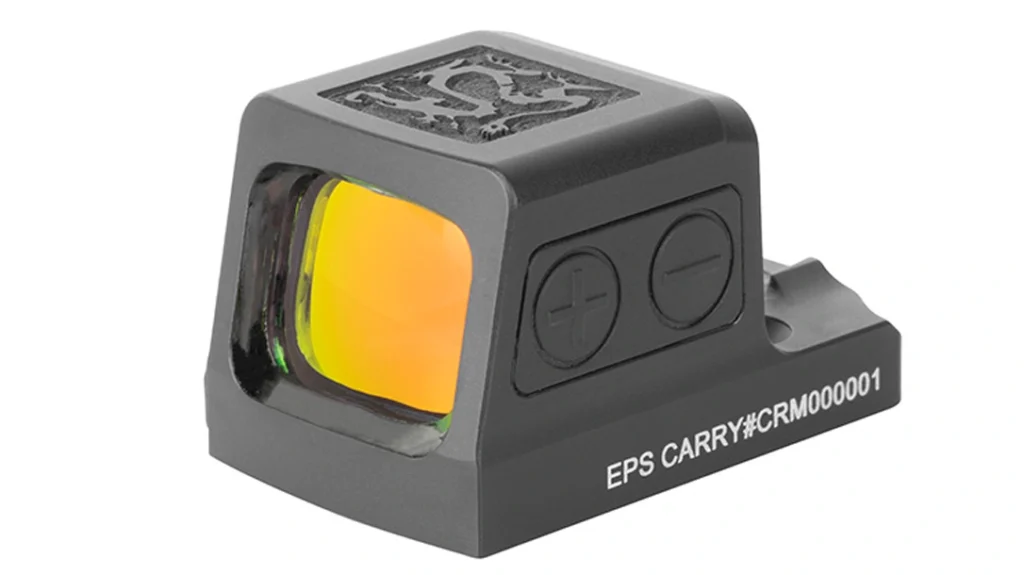
Advertisement — Continue Reading Below
Co-Witnessing with Iron Sights
When you mount a red dot on a pistol, you may also want to co-witness it with your iron sights. There are two main types:
- Absolute Co-Witness: The red dot sits directly in line with the iron sights.
- Lower 1/3 Co-Witness: The red dot sits just above the iron sights, providing a clear view with backup sights in the lower third of the optic.
Understanding Footprints in Pistol Red Dots
Footprints refer to the mounting pattern on the red dot base that attaches to your pistol’s slide or mounting plate. They’re critical because not all red dots fit all pistols.
The following table should help identify the footprint your pistol requires/uses and find compatible red dots without trial and error.
Advertisement — Continue Reading Below
Here’s a look at the most common footprints:
Red Dot Footprint Compatibility
| Trijicon RMR | |||
| Compatible Red Dot Models | Trijicon RMR, Holosun 507C/407C, Swampfox Kingslayer, Riton X3 Tactix, NcSTAR VISM FlipDot | ||
| Manufacturers | Trijicon, Holosun, Swampfox, Riton, NcSTAR | ||
| Notes | Widely compatible with pistols using RMR cut slides, robust and versatile | ||
| Leupold DeltaPoint Pro | |||
| Compatible Red Dot Models | Leupold DeltaPoint Pro, Sig Sauer Romeo1 Pro, Crimson Trace CTS-1250, Sightmark Mini Shot M-Spec | ||
| Manufacturers | Leupold, Sig Sauer, Crimson Trace, Sightmark | ||
| Notes | Known for wide FOV and fast target acquisition | ||
| Shield RMS/SMS | |||
| Compatible Red Dot Models | Shield RMS/RMSw, Holosun 407K/507K, Sig Sauer Romeo Zero, Swampfox Sentinel, Vector Optics Frenzy-S | ||
| Manufacturers | Shield, Holosun, Sig Sauer, Swampfox, Vector Optics | ||
| Notes | Compact footprint, popular for subcompact/micro pistols | ||
| Docter/Noblex | |||
| Compatible Red Dot Models | Vortex Venom, Burris FastFire 3, Sightmark Mini Shot M-Spec, Meopta MeoSight III | ||
| Manufacturers | Vortex, Burris, Sightmark, Meopta | ||
| Notes | Fits many adapter plates and third-party mounting options | ||
| Aimpoint Acro | |||
| Compatible Red Dot Models | Aimpoint Acro P-1/P-2, Steiner MPS | ||
| Manufacturers | Aimpoint, Steiner | ||
| Notes | Enclosed design; highly durable for tactical applications | ||
| C-More STS | |||
| Compatible Red Dot Models | C-More STS2, RTS2 | ||
| Manufacturers | C-More | ||
| Notes | C-More’s proprietary footprint, commonly used in competition | ||
| Sig Sauer Romeo1 | |||
| Compatible Red Dot Models | Sig Sauer Romeo1, Sig Sauer Romeo1 Pro | ||
| Manufacturers | Sig Sauer | ||
| Notes | Compatible with Sig Sauer optics-ready pistols | ||
| Vortex Viper/Venom | |||
| Compatible Red Dot Models | Vortex Viper, Vortex Venom | ||
| Manufacturers | Vortex | ||
| Notes | Often used with third-party adapter plates | ||
| Nikon Spur | |||
| Compatible Red Dot Models | Nikon Spur | ||
| Manufacturers | Nikon | ||
| Notes | Proprietary footprint, generally requires a specific plate | ||
| Bushnell Advance Micro | |||
| Compatible Red Dot Models | Bushnell Advance Micro Reflex | ||
| Manufacturers | Bushnell | ||
| Notes | Compact footprint, used in some concealed carry setups | ||
| Meprolight Micro RDS | |||
| Compatible Red Dot Models | Meprolight Micro RDS | ||
| Manufacturers | Meprolight | ||
| Notes | Features a unique mounting system | ||
| Holosun 509T | |||
| Compatible Red Dot Models | Holosun 509T | ||
| Manufacturers | Holosun | ||
| Notes | Unique enclosed design; requires adapter plate for mounting | ||
| RMRcc | |||
| Compatible Red Dot Models | Trijicon RMRcc (compact version of RMR) | ||
| Manufacturers | Trijicon | ||
| Notes | Slim footprint, ideal for narrow slide profiles | ||
Night Vision Compatibility
Some red dots have night vision compatibility, offering brightness settings low enough to work with night vision goggles. This is especially useful in low-light or no-light conditions, a feature offered by tactical models like the Trijicon RMR Type 2.
Advertisement — Continue Reading Below
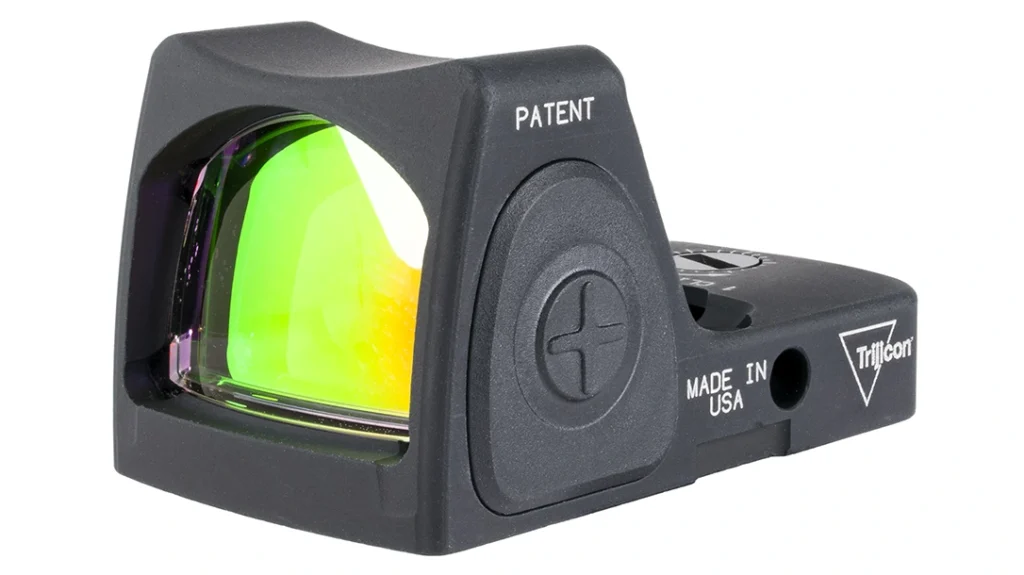
Enclosed Emitter
The emitter, which projects the red dot, is fully sealed within the sight housing. This design protects the emitter from elements like dust, water, and debris, making it more reliable in various conditions.
Unlike open emitters, which can be obstructed more easily, enclosed emitters are preferred for their durability and consistent visibility, especially in self-defense or duty settings.
Advertisement — Continue Reading Below
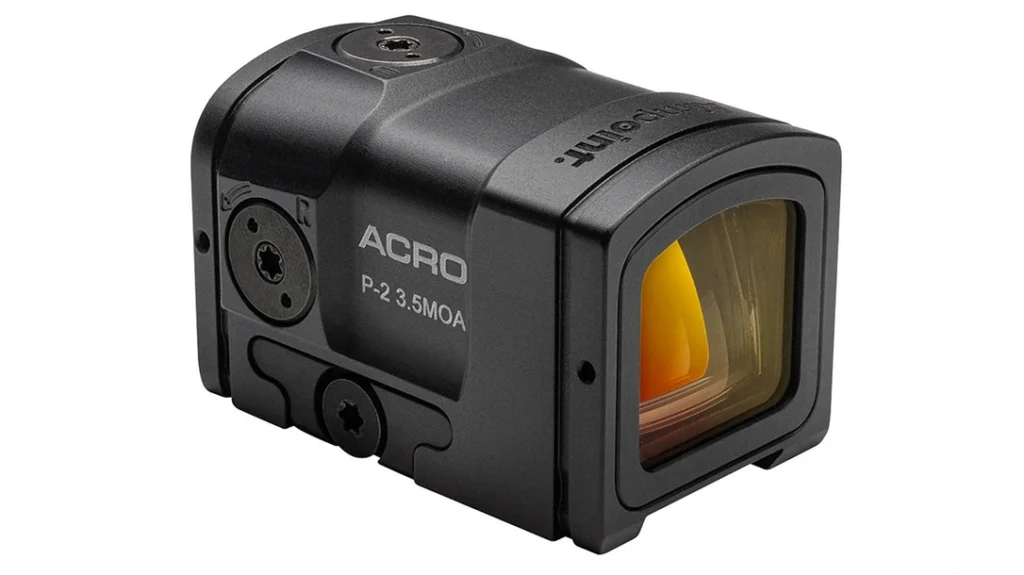
Dot Size and Reticle Selection
Dot size impacts your shooting style and accuracy. A smaller dot (2-3 MOA) works well for precision, while larger dots (5-6 MOA) are quicker to see. Some models, like the Holosun 507C, allow you to switch between different reticles, giving you flexibility for various shooting situations.
Battery Saving Features
Features like solar power or motion-sensing on/off help preserve battery life. Optics like the Holosun 507C have solar panels that extend battery life, while motion-sensing features, like Shake Awake, power down the red dot when it’s not in use.
Advertisement — Continue Reading Below
Top 5 Tips for Choosing and Using Pistol Red Dots
- Choose the Right Footprint: Match your pistol’s slide or mounting plate with the red dot’s footprint to avoid compatibility issues.
- Select a Suitable Dot Size: For defensive shooting, a larger dot (5-6 MOA) can be quicker to acquire, while a smaller dot (2-3 MOA) is better for accuracy at longer distances.
- Check Battery Access: Look for top-loading battery designs (like the Trijicon RMR Type 2) so you don’t have to remove the optic to change batteries.
- Test for Co-Witnessing: If you use iron sights as a backup, experiment with absolute or lower 1/3 co-witnessing to see which works best for you.
- Bright and Clear Reticle: Opt for an optic with adjustable brightness to ensure the dot is visible in various lighting.
Final Considerations
Understanding the basics of red dot optics, from key terms to footprint compatibility, is crucial for selecting the right optic for your pistol. By knowing the common footprints and understanding features like dot size and battery life, you’ll have a clearer path to picking the red dot that suits your needs.
When shopping for a red dot, start by defining your application and the specific features you’ll need for it. For example, if you’re looking for an optic for a trail gun, you might prioritize an “enclosed emitter” to ensure maximum weather and debris resistance. From there, check which mounting formats are compatible with the optics you’re considering—such as the ACRO footprint for enclosed emitters.
Once you know the right footprint, you can confidently narrow your search to enclosed optics with the ACRO mount and select the corresponding mount for your pistol. This focused approach streamlines the process, helping you find a red dot that perfectly aligns with your needs and setup.
Shoot Safe.
